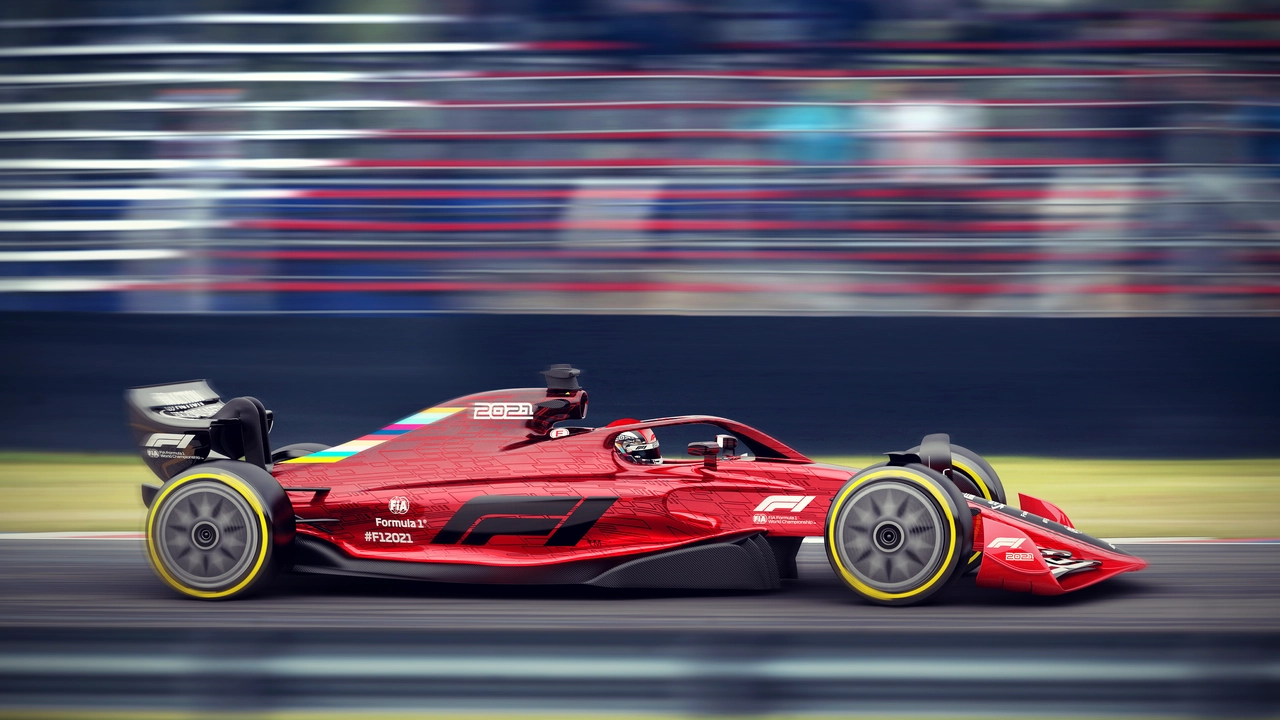Understanding the Concept of Endurance Races
Before we delve into why Formula 1 doesn't feature endurance races, let's first understand what endurance races are. Endurance racing is a form of motorsport racing which is meant to test the durability of equipment and endurance of participants. These races can run for several hours, and even up to 24 hours in some cases. They are considered as the ultimate test of man and machine. Often, drivers have to combat fatigue, testing weather conditions, and the relentless pressure of maintaining a steady pace for an extended period.
An Overview of Formula 1 Racing
Now, let's shift gears and talk about Formula 1. It's the pinnacle of motorsport, known for its fast-paced, strategic, and exhilarating races. The format of a Formula 1 race is quite different from an endurance race. A Formula 1 race typically lasts around 90 minutes to 2 hours with a predefined number of laps, usually between 44 to 78 based on the circuit. The focus here is on speed, precision, and strategy rather than endurance.
Why Formula 1 Doesn't Have Endurance Races
So, why doesn't Formula 1 have endurance races? The primary reason is that Formula 1 and endurance racing appeal to different aspects of motorsports. While endurance races test the longevity of drivers and cars, Formula 1 is more about sprint racing. It's about quick bursts of speed, precision driving, and strategic pit stops. The structure of the cars, the design of the tracks, and even the rules and regulations are all tailored to this specific format.
The Physical and Mental Demand
Endurance races are physically and mentally demanding. They test the limits of the drivers and the teams. The drivers have to stay focused and maintain a steady pace for hours, battling fatigue and other adverse conditions. On the other hand, Formula 1 races, although shorter, are intense and require a different kind of physical and mental preparation. The drivers have to make quick decisions, handle high speeds, and navigate through tight corners. It's a different kind of challenge, but a challenge nonetheless.
The Design and Structure of F1 Cars
Another reason why we don't see endurance races in Formula 1 is due to the design and structure of the F1 cars. These machines are built for speed and agility, not for long-term durability. They are finely tuned, high-performance vehicles that are pushed to their limits during a race. An endurance race would require a different kind of car, one that could withstand the rigours of long-distance racing.
Commercial and Broadcasting Considerations
Commercial and broadcasting considerations also play a part. Formula 1 races are short, intense, and packed with action, making them ideal for live television broadcasts. They fit neatly into a 2-hour television slot which is perfect for broadcasters and advertisers. An endurance race, on the other hand, would be much longer, and it would be difficult to maintain the same level of viewer interest and engagement for such an extended period.
Is There a Future for Endurance Races in Formula 1?
While there are currently no plans to introduce endurance races in Formula 1, it's always possible that the format could change in the future. Motorsport is continually evolving, and who knows what the future holds? However, for now, it seems that the focus of Formula 1 will remain on high-speed, high-octane racing rather than endurance. But as fans of the sport, we can appreciate both forms of racing for their unique challenges and thrills.
